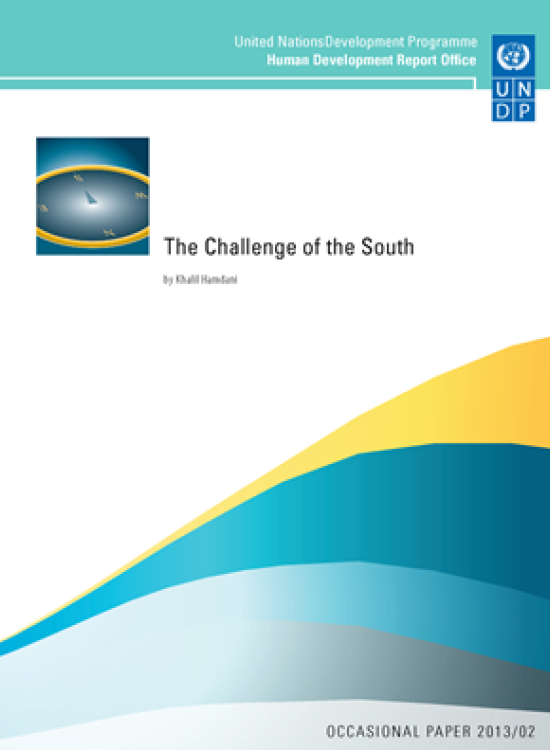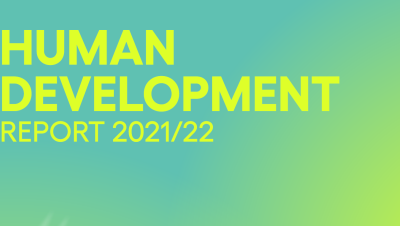The Challenge of the South

Download Report by Language
Document
hdro1302hamdami.pdf
(1.26 MB)
Citation
Hamdani, Khalil. 2013. The Challenge of the South. New York.
The Challenge of the South
Posted on: January 01, 2013
A prominent feature of our changing world is the increasing role that developing countries are playing in the global economy of the twenty-first century. They are reshaping North-South relationships towards greater balance, and are creating new South-South linkages that open untapped opportunities for growth and development. China, India and Brazil are ubiquitous but other developing countries too are fast catching up. The rise of the South is not unprecedented: all geographic regions have hosted economic growth poles at some point in history. But the rise of the ‘New’ South is particularly timely, providing a much-needed boost to the global economy at a dismal juncture, and sustaining progress in the developing world which otherwise faces an uncertain prospect. This paper examines the rise of the ‘New’ South and its potential to contribute towards more equitable and sustainable human development. We trace its origins, which go back several decades but now are the most dynamic part of trade and investment flows, and world economic growth. We next highlight the enabling role that new technologies are playing in facilitating the rise; it is a familiar story of catch up through cross-border exchange and learning but the impact is proving transformational: increasing numbers of entrepreneurs innovating through assimilation and adaptation to meet the needs of an expanding middle class, sustaining rapid growth in subregional markets. We conclude with policy implications, among which the major challenge is to the South itself: to seize the momentum for accelerating human development. Nearly all of the fastest-growing economies in this century are in the South and many have an opportunity to rise from their low rankings on human development.

